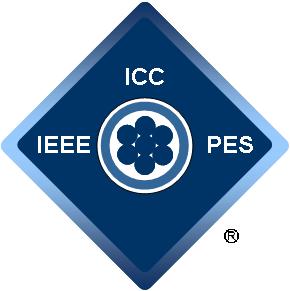

The ICC Website is changing. As this transition is made, our new format can be found at www.pesicc.org/ICCWP. Please send any comments or questions to mvh@voncorp.com.
Check this page periodically to learn about the Technical Presentations scheduled for SC meetings.
Please Note: This is a only a listing of the presentations and DOES NOT IMPLY THE ORDER IN WHICH THEY WILL BE PRESENTED.
Tuesday, May 25th
This paper presents the results of a research program aimed at developing a test protocol that is based on evaluating the condition of all the cable components and not just the insulation. The tests were designed to evaluate the following:
The results are discussed in terms of correlations between the field measurement parameters and the condition of the cable, and prioritization criteria for cable replacement.
The continued rate of application of XLPE cables, has previously been limited by the low electrical performance of the cable and accessory insulations. The inherent high electrical strength of XLPE has been restricted by the achievable purity of the insulation material and the smoothness of the semi-conducting screens. High electrical strength is determined by the quality of the polymeric materials and by the process capability of the factory compounding plant and cable extrusion machines. To achieve a satisfactory service life, the insulation design stress of the first generation of 132kV XLPE cable in the UK was originally set at the comparatively low level of 6kV/mm, producing an insulation thickness of 19-21mm. An increase in design stress to 6.5kV/mm was made in 1994 for the second generation of cables, reducing their insulation to 18mm, however this was still significantly greater than the 8-9mm thickness for the equivalent FF paper cable. In consequence XLPE cables were still larger than paper cables in diameter and material volume, resulting in a significantly higher system capital cost, especially for longer circuit lengths, where the increased costs of the ancillary hydraulic equipment for FF cables is a smaller part. To address these issues the next (third) generation of cable system technology has been developed: LEANTM cables. The third generation of cable system technology is an integration of cable, accessories and installation methods utilising EHV technologies i.e. conductor designs, XLPE insulation and screen materials, metallic watertight barriers, oversheaths, accessories and installation techniques. These attributes enable the design stress for HV (33 - 150kV) to be lifted to 8kV/mm. Three 132kV LEANTM cable systems have been fully type tested in our laboratories and have been installed for East Midlands Electricity in Central England.
Return to the Spring 1999 page
